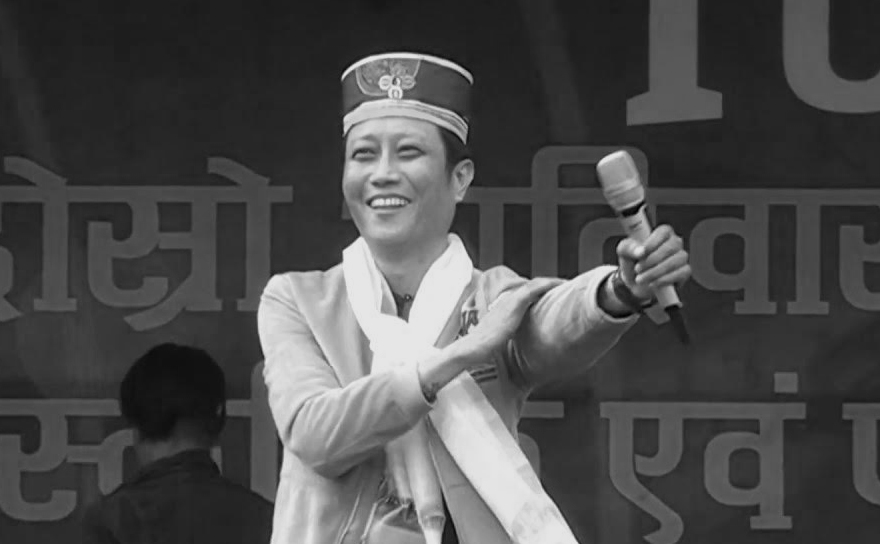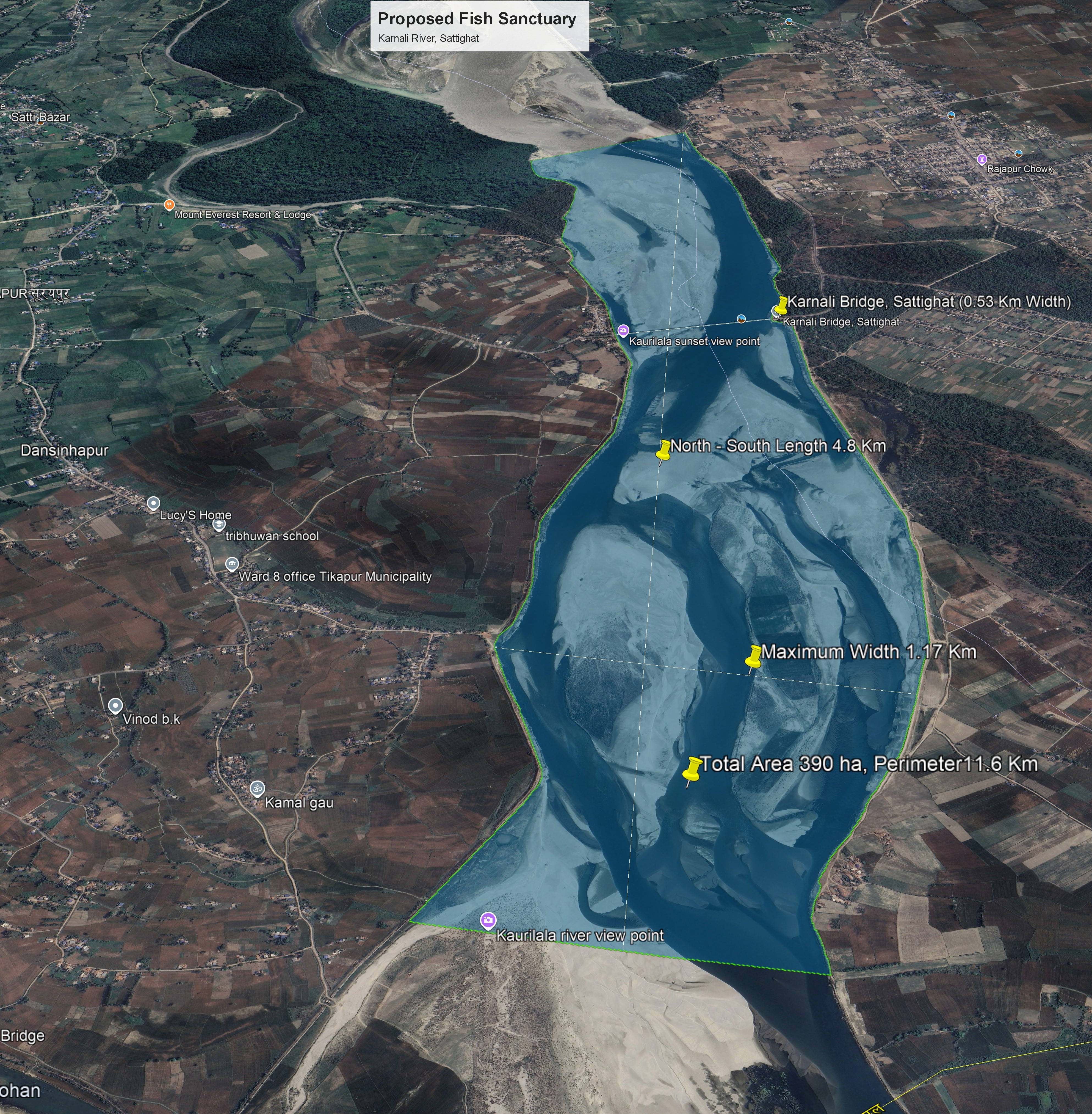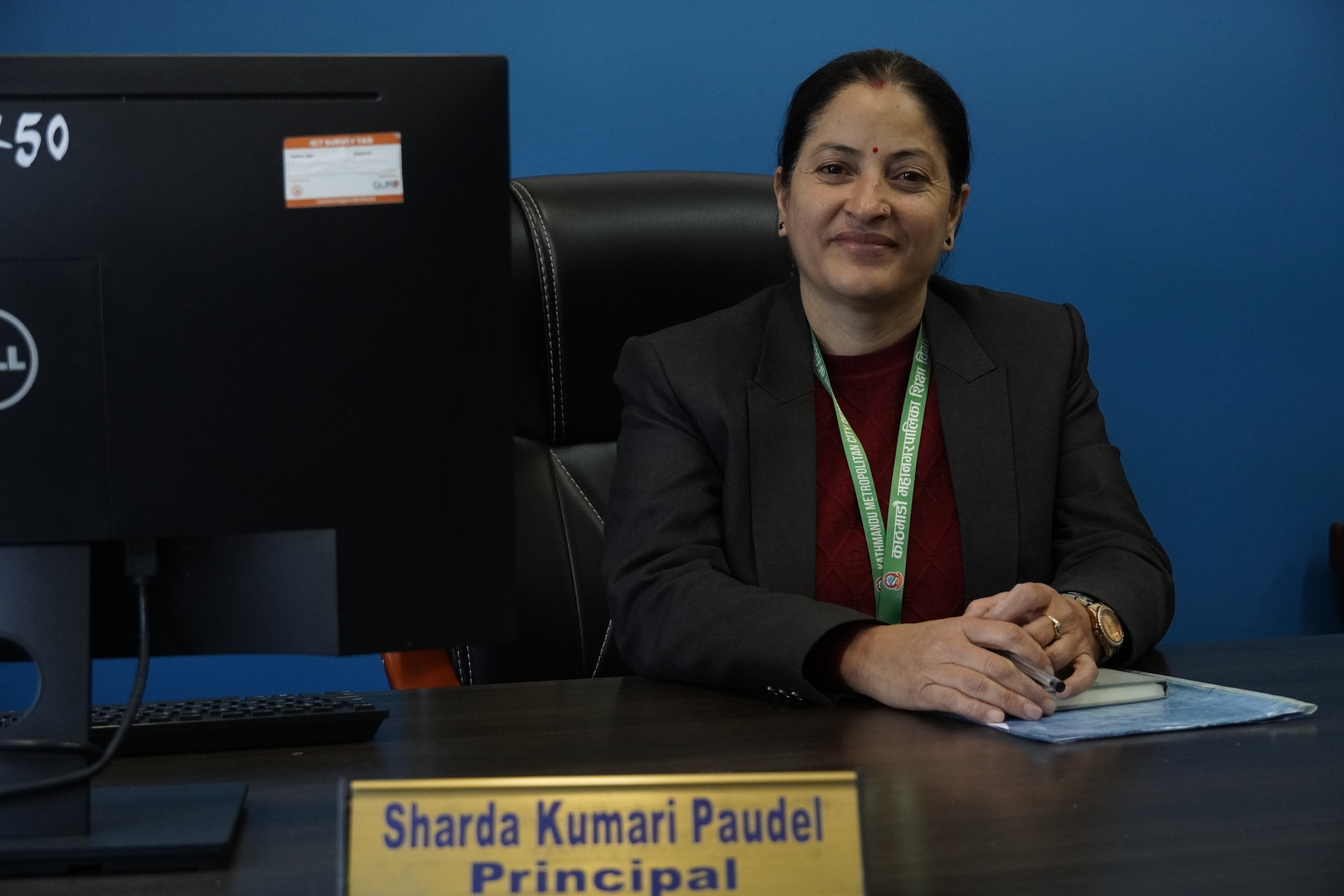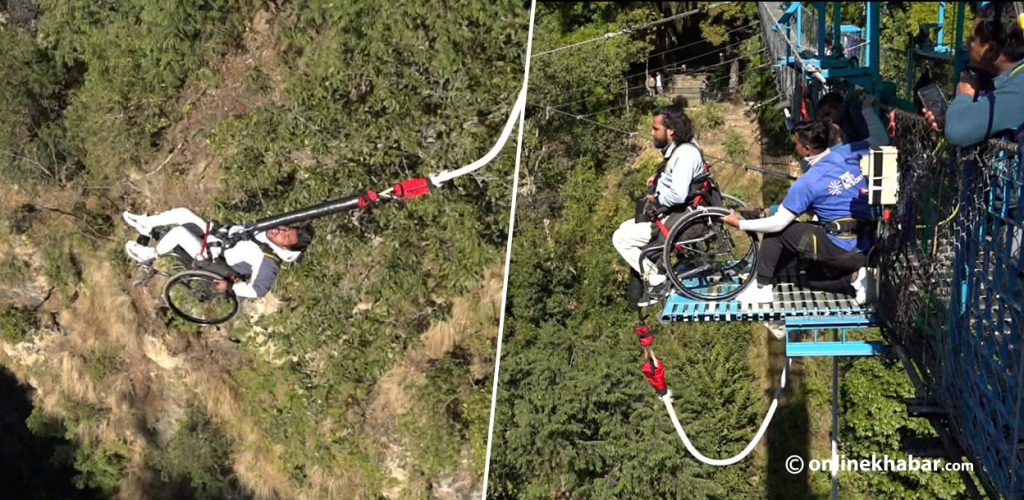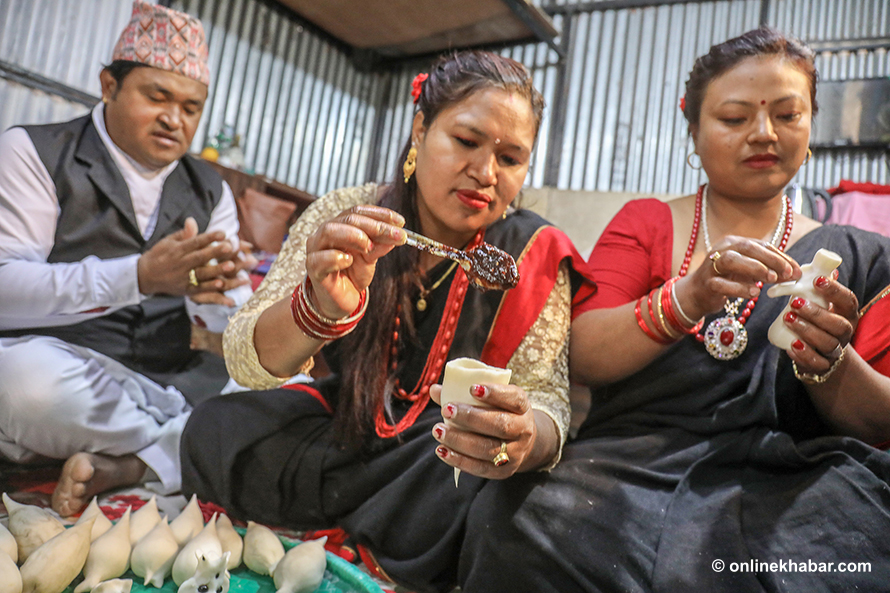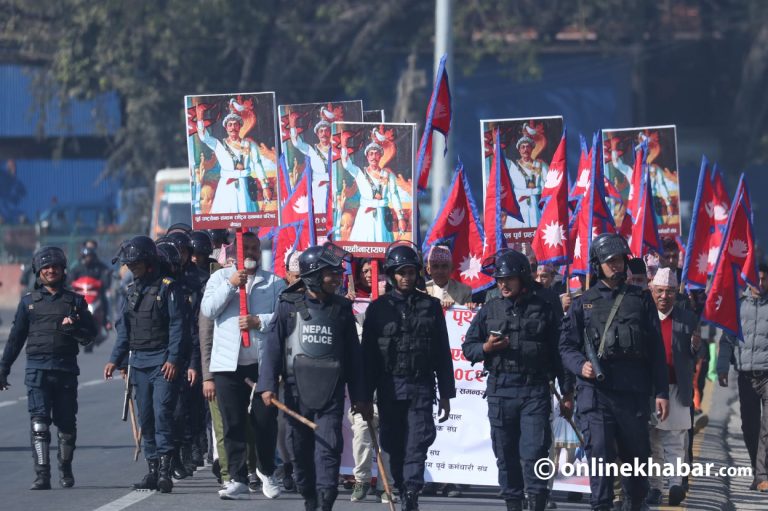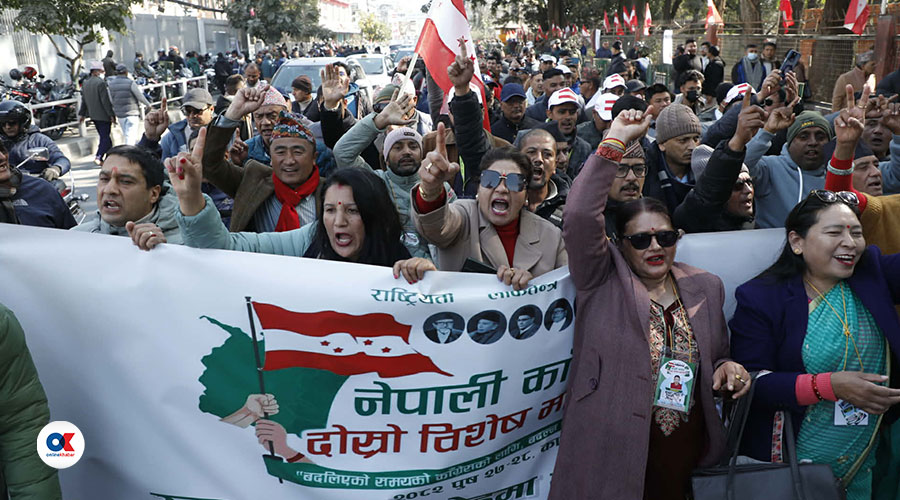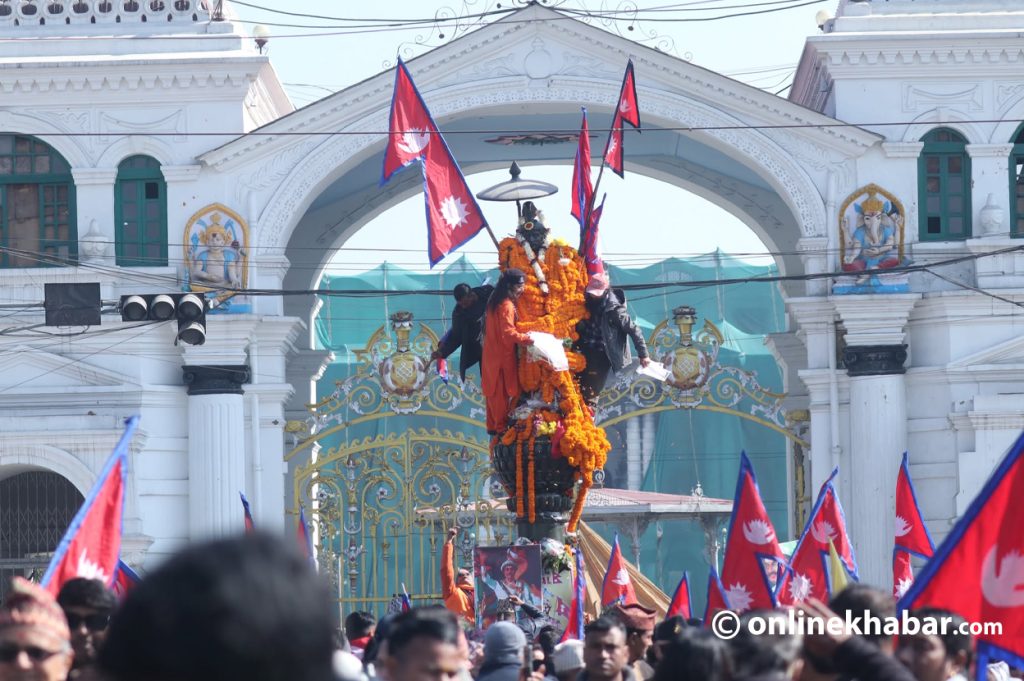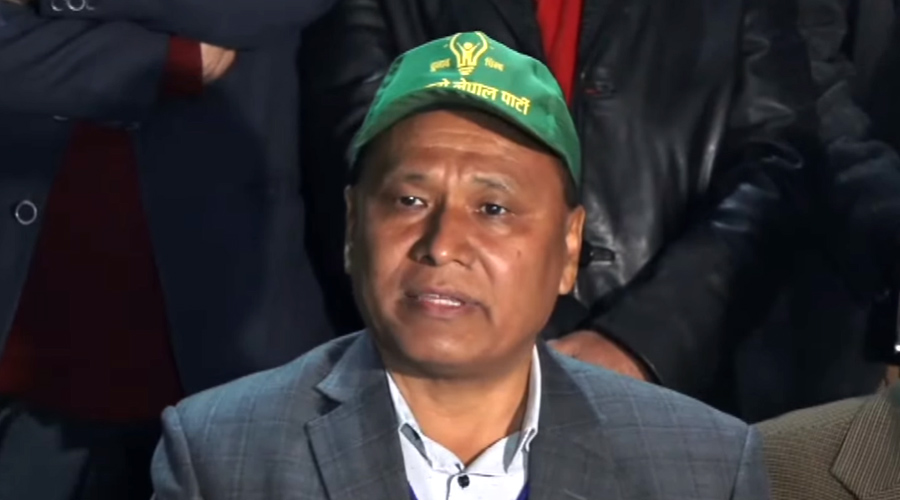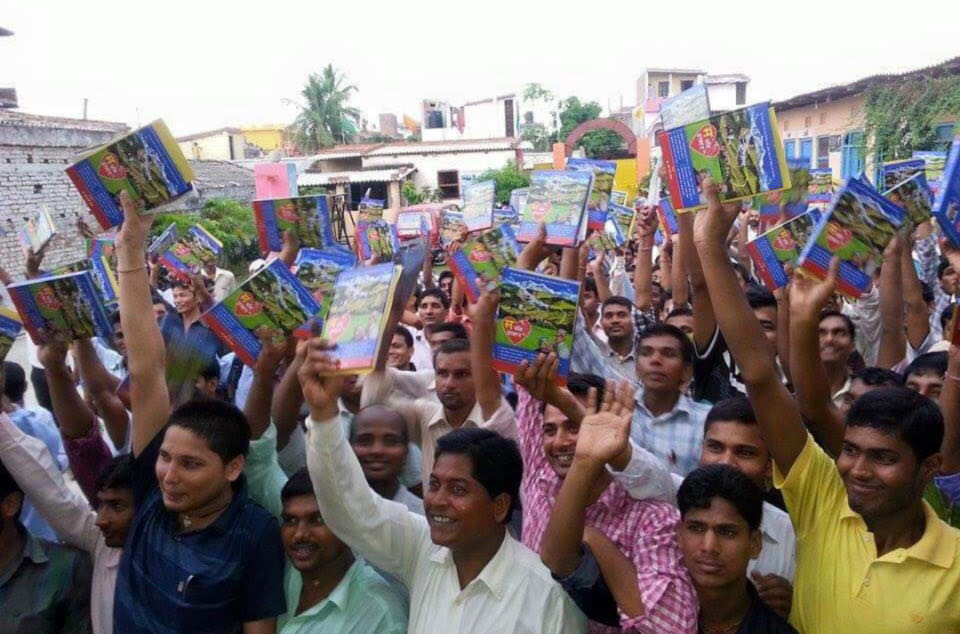
I had just completed my CMA course and was searching for a job when I heard about a day-long training program for health workers. It was focused on heart disease—something we hadn’t studied much during our course. My teacher, who was coordinating the event, encouraged me to attend. At the time, I had little exposure to non-communicable diseases and wasn’t sure how such a session would relate to my daily work. Still, I decided to go, hoping to learn something new.
The session turned out to be far more engaging than I had anticipated. The speaker, Dr Om Murti Anil, discussed heart disease, its increasing burden, early signs, and risk factors. We had heard of him before, but this was the first time we were seeing and hearing from him in person. Until then, most of our training had focused on communicable diseases and maternal care.
This session, however, addressed non-communicable diseases (NCDs)—a topic we hadn’t given much thought to. The information shared wasn’t just medical theory; it was deeply relevant to our everyday work. The explanations helped many of us understand how to recognize early signs of heart problems and how to guide people in our communities before the condition worsens. For many, it was the first time we realized that even CMAs could play a meaningful role in preventing these diseases.
At the end of the session, a book titled Ma Pani Doctor was distributed, written by the same person who had organized and led the training. Each participant received a free copy. I still remember holding that book—it felt like more than just a gift. It felt like an act of trust and empowerment. Rather than simply raising awareness, the effort seemed aimed at building a foundation. A decade later, that book remains one of the most meaningful resources I’ve encountered as a health worker. That’s why I’ve decided to write about it now.
Published in 2013, Ma Pani Doctor was written during the early phase of Dr Anil’s career. At a time when few in Nepal were speaking seriously about heart disease, he chose not to focus on technical or academic cardiology but on prevention and public awareness. It was an unusual move for a specialist—especially a cardiologist whose clinical work centers on heart attacks, interventions, and critical care.
Prevention is typically considered the domain of public health. But now, a decade later, I understand why Dr Anil chose to speak directly to the people—and more importantly, to those who serve them—recognizing early on the shifting disease patterns in Nepal.
The launch of the book itself was symbolic. Ma Pani Doctor was released on the eve of World Heart Day, September 28, 2013, at a special program held at Sheetal Niwas, the official residence of the President of Nepal. The book was launched by then-President Dr Ram Baran Yadav, a physician himself, who not only inaugurated the book but also contributed the foreword.
I was surprised to see a sitting head of state write a foreword for a public health book. Looking back now, his words read like a prediction that came true. With over two-thirds of deaths in Nepal now linked to non-communicable diseases, the urgency he spoke of in 2013 has become our daily reality.
Ma Pani Doctor is written in simple Nepali, making it easy to understand for ordinary people, health workers, and teachers. The book covers key topics such as diet, exercise, blood pressure, diabetes, cholesterol, lifestyle habits, and the early signs of heart attack and stroke. It goes beyond prevention, explaining what to do during emergencies, how to manage conditions long-term, and how to live a healthier life overall. The title is fitting—it truly helps people become their own doctor when it comes to everyday health.
But more than the content, what stayed with me was the vision behind it—an effort to tackle heart disease and raise awareness among frontline workers like us. Over the years, Dr Anil has conducted multiple training sessions, distributing more than 5,000 free copies of the book to health workers, teachers, and local leaders across the country. The goal has always been clear: to empower those on the frontlines to make a real difference in their communities.
Most of us write books hoping for recognition or personal gain. This initiative, however, aimed to reduce the need for hospital care by spreading awareness. It didn’t follow the conventional path. Instead, it focused on starting a chain reaction—equipping people like us with the right knowledge so that we, in turn, could reach families, villages, and those who needed it most.
The approach reflected thoughtful planning and long-term vision. Nepal has around 5,000 health posts and primary health centers combined. Roughly the same number of book copies was distributed to health workers across the country. While not every health post may have received one, the effort effectively aimed to cover a wide network of primary healthcare providers. By equipping these frontline workers with simple, accurate health information, the initiative sought to indirectly reach thousands of communities nationwide.
The strategy was simple but powerful: empower one health worker, who could then spread knowledge to others—creating a ripple effect of health education. In this way, the distribution of the book became more than a publication launch; it marked the beginning of a broader awareness movement that complemented government programs and addressed critical gaps in public health education.
Over the years, I’ve seen Ma Pani Doctor used in many training sessions, awareness programs, and even government-supported platforms like the PEN Project. Its strength lies in its clarity, simplicity, and relevance to real-life situations. It’s not just reading material—it’s a tool that health workers and even patients can rely on for guidance in the field.
Of course, the book could benefit from updates. Some of the images do not reflect the Nepali population. Minor spelling and formatting errors could be corrected. Most importantly, newer data and insights from the last decade—especially regarding the rising burden of NCDs in Nepal—should be included. A revised edition could also offer simplified versions for schoolchildren and adolescents, making it suitable for school health programs.
Before concluding, I want to thank my mentor, Abhay Kumar Singh, who gave me this opportunity—a moment that became a lifelong memory. He not only introduced me to that session but also guided me in securing a government job and pursuing further studies. He is a respected educator for primary health workers like me and has supported many others from lower socioeconomic backgrounds to prepare for Loksewa and enter government service. His support changed the course of my career.
Reflecting on all of this, it’s clear that Ma Pani Doctor was more than just a book. It has been a foundational tool in my journey as a health worker and a meaningful contribution to Nepal’s health sector. While working in a rural health post in Dhanusa, I often encounter cases of heart disease, which can be difficult to manage. This book helps me provide better care in such situations. Though some updates could enhance it, the book’s core message remains vital. It showed that an individual’s vision, rooted in service, can create lasting impact.
A decade later, I still return to its pages and find the same relevance and sense of responsibility that first inspired me.






